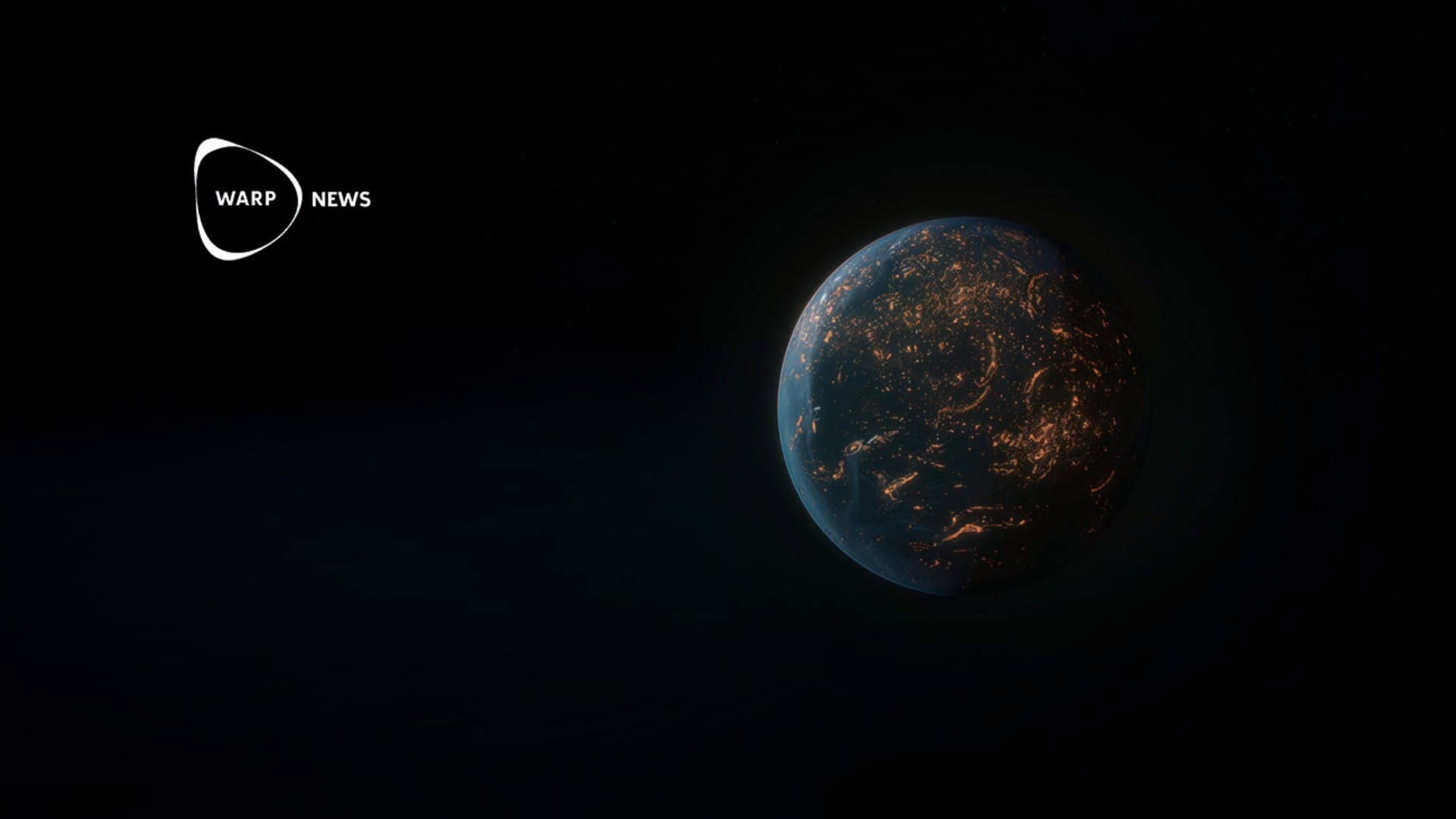
🔭 New technology provides the opportunity to take pictures of Earth-like planets in other solar systems
A diamond chronograph uses infrared light to take pictures of planets in the habitable zone.
Share this story!
We have discovered around 4,500 exoplanets around the Milky Way. We have discovered most of them by measuring how they affect the light from their star as they pass it. These are observations where we do not see the planet itself. But a new method can mean that in a while we can see real images of relatively small exoplanets.
Researchers at Uppsala University and the Université de Liège in Belgium have developed a system that will make it possible to take pictures of relatively small planets in other solar systems . The few images we have managed to take so far have been on huge planets, much larger than Jupiter, orbiting near its star. With the new technology, it will be possible to take pictures of planets that are not larger than the earth and that are in the habitable zone around their star.
The problem with taking pictures of exoplanets is that they are so faint in relation to their star. But it will be easier if you make the observations in infrared light instead. This is the frequency range where planets shine the strongest.
The only problem is that our atmosphere and even the telescope itself emits infrared radiation that interferes with the observations. Researchers have now found a solution to this by developing a new kind of chronograph. A chronograph is used to reduce the dazzling light from a star, thus highlighting the dim light from any surrounding planets.
The coronograph is made of diamond and gives a much higher sensitivity and thus better images than today's instruments.
- The method could at best image planets with about three times the diameter of the earth in the habitable zone of Alfa Centauri A. This corresponds to an improvement of a factor of ten compared to existing systems for direct observations, says Mikael Karlsson who leads the research group in diamond optics at Uppsala University, in a press release.
Alpha Centauri is especially interesting because it is our nearest star system and because two of the stars in the system resemble the sun.
- This system was the best candidate to test our method, because Alfa Centauri A and B are similar to our sun, but we do not know if there are planets orbiting any of them, says Pontus Forsberg researcher at Uppsala University and the one who manufactured diamantkoronagrafen.
When scientists connected their instrument to the Very Large Telescope, VLT, in Chile and focused on the Alpha Centauri A , they also discovered something that could be a planet , slightly larger than Neptune, in the habitable zone.
The planet has not been confirmed yet, but it still means that scientists are now continuing the work of refining their diamond chronograph. If all goes well, they should then be able to take pictures of planets as small as the earth in the habitable zone around Alfa Centauri and other nearby stars.
By becoming a premium supporter, you help in the creation and sharing of fact-based optimistic news all over the world.


